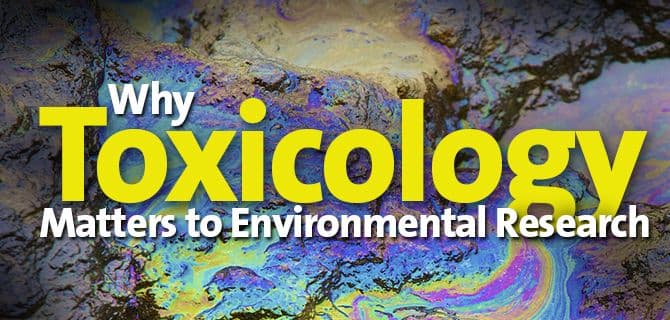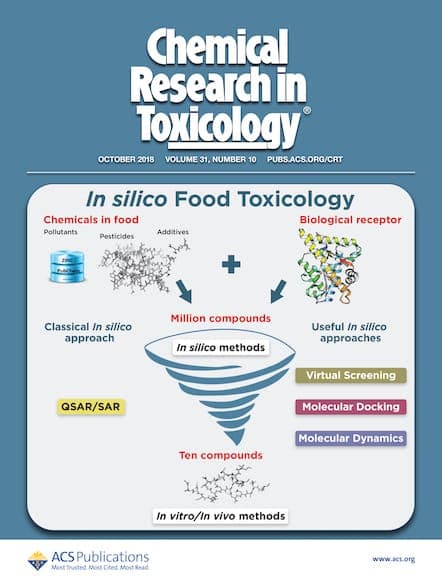“‘Chemophobia’ is spreading,” says Janice E. Silverman, Acquisitions Editor of Chemical Research in Toxicology. “Everything is perceived as toxic.” Many people may overestimate the dangers posed by “toxic” substances in their everyday lives, but toxicology research plays an undeniable role in our understanding of contaminants to the environment and living species. “Toxicology tries to determine […]

“‘Chemophobia’ is spreading,” says Janice E. Silverman, Acquisitions Editor of Chemical Research in Toxicology. “Everything is perceived as toxic.”
Many people may overestimate the dangers posed by “toxic” substances in their everyday lives, but toxicology research plays an undeniable role in our understanding of contaminants to the environment and living species.
“Toxicology tries to determine why a species suffers from exposure to a specific contaminant, looking at biological processes and pathways involved and the mechanism of actions,” Silverman explains. “Research and methods currently being developed in this field play an increasing role in the assessment of pollution, impact, and remediation.”
Discover recent research published in Chemical Research in Toxicology:
Chemical Properties, Environmental Fate, and Degradation of Seven Classes of Pollutants
DOI: 10.1021/tx500014w
Industrialization has benefitted civilization in many ways but has also caused irreversible changes to the environment that affect whole ecosystems. This Review covers polychlorinated biphenyls, halogenated hydrocarbons, estrogen analogues, phthalates, dioxins, perfluorinated compounds, and brominated flame retardants. These substances are among the most ubiquitous pollutants. The article presents the origins, chemical characteristics, intoxication mechanisms, detoxification pathways, environmental impacts, and degradation of these pollutants and their toxicological effects on humans and animals.
Changing Rates for Liver and Lung Cancers in Qidong, China
DOI: 10.1021/tx400313j
Residents of Qidong, China are undergoing rapid changes in the incidence rates of many types of cancer. This article examines the liver and lung cancer incidence rates tracked by the Qidong Cancer Registry for the past 40 years. Lung and liver cancer are the two leading cancer killers in Qidong, and both are influenced by environmental factors. The incidence rate for liver cancer has dropped significantly in the last 4 decades. On the other hand, lung cancer has increased among men in Qidong in the same time period, likely due to an increase in smoking. The rate of lung cancer was steady among women until the past decade, with the upturn possibly reflecting an increase in indoor and outdoor air pollution.
DOI: 10.1021/acs.chemrestox.5b00080
Our oceans are currently being subjected to physical, chemical, and biological stressors caused by pollution. This article provides new information on the combined effects of UVB radiation and cadmium exposure on sea urchin development, looking at the induced malformation, gene activation, and protein activation. It contributes to the understanding of the molecular mechanisms adopted by embryos against multiple stress agents.
DOI: 10.1021/tx500392n
Air pollution is an important issue throughout the world, especially in the developing countries like China. Previous studies have shown correlations between levels of particulate matter (PM) and hospitalization for ischemic stroke. With air pollution worsening in China, the health risks caused by PM are becoming a serious concern. This article shows the effects of PM10 collected in different seasons in Taiyuan, China, looking at polycyclic aromatic hydrocarbons and carbon loading, and their possible association with brain ischemia-like injuries.
Learn more about Chemical Research in Toxicology.
